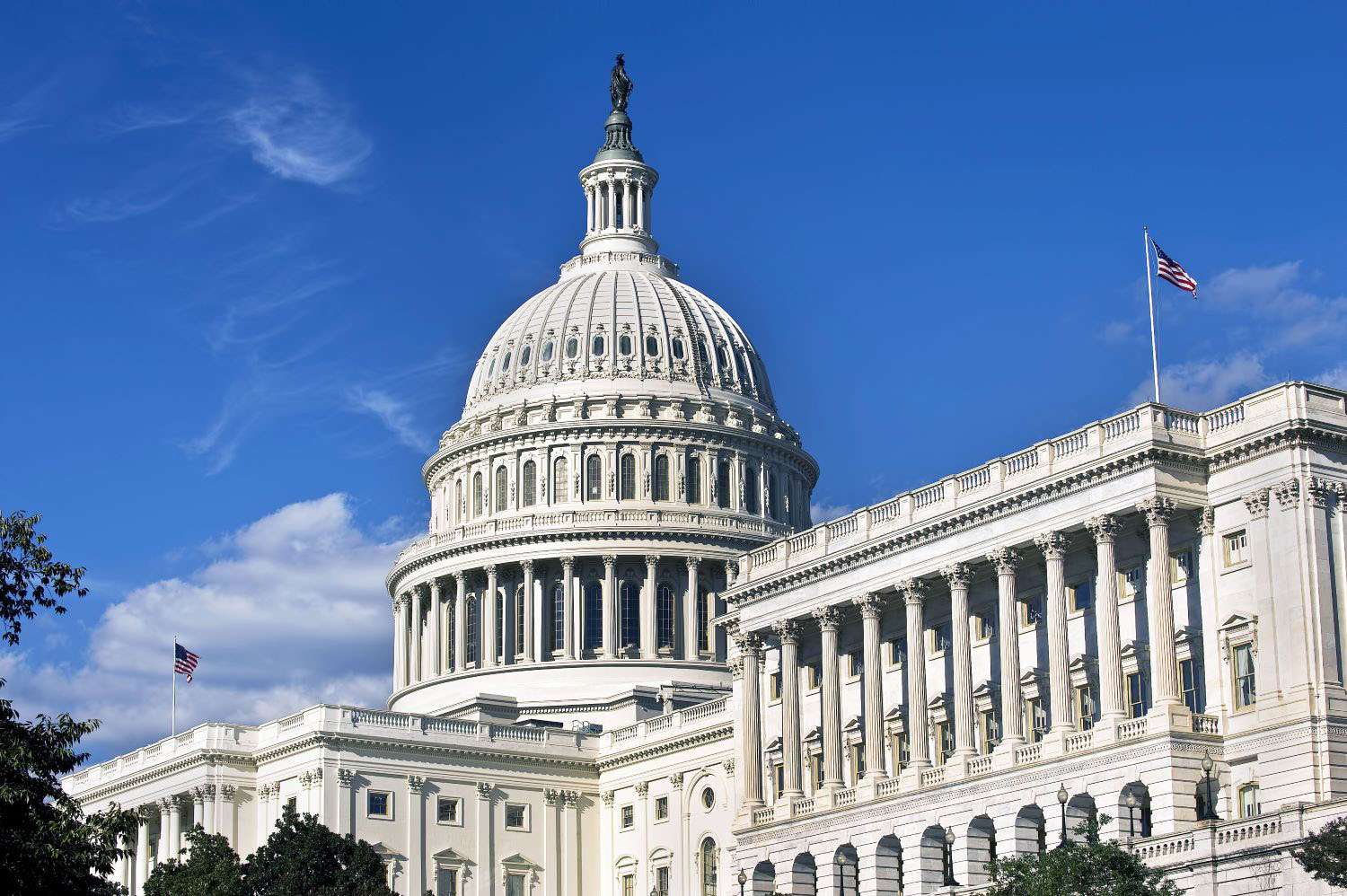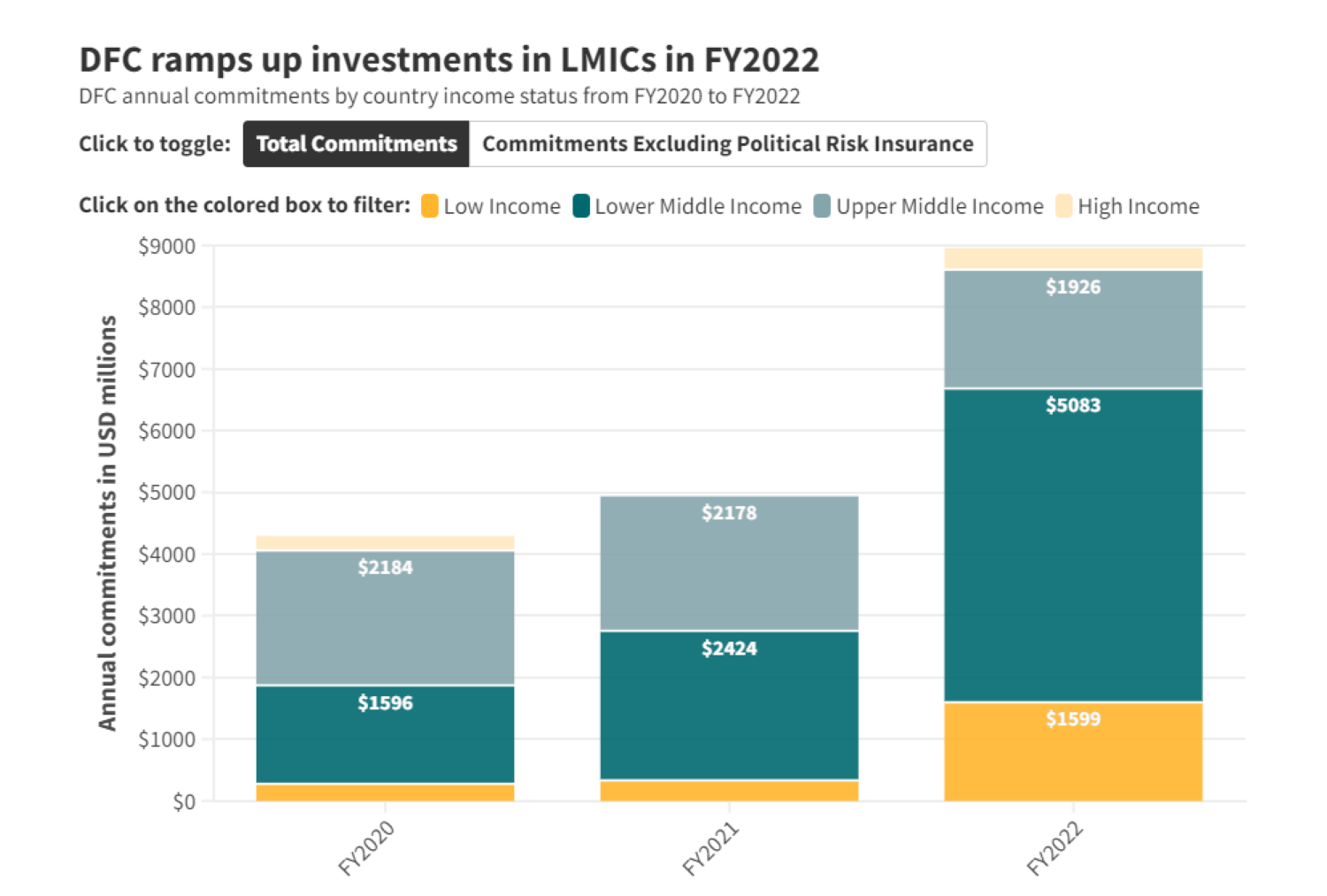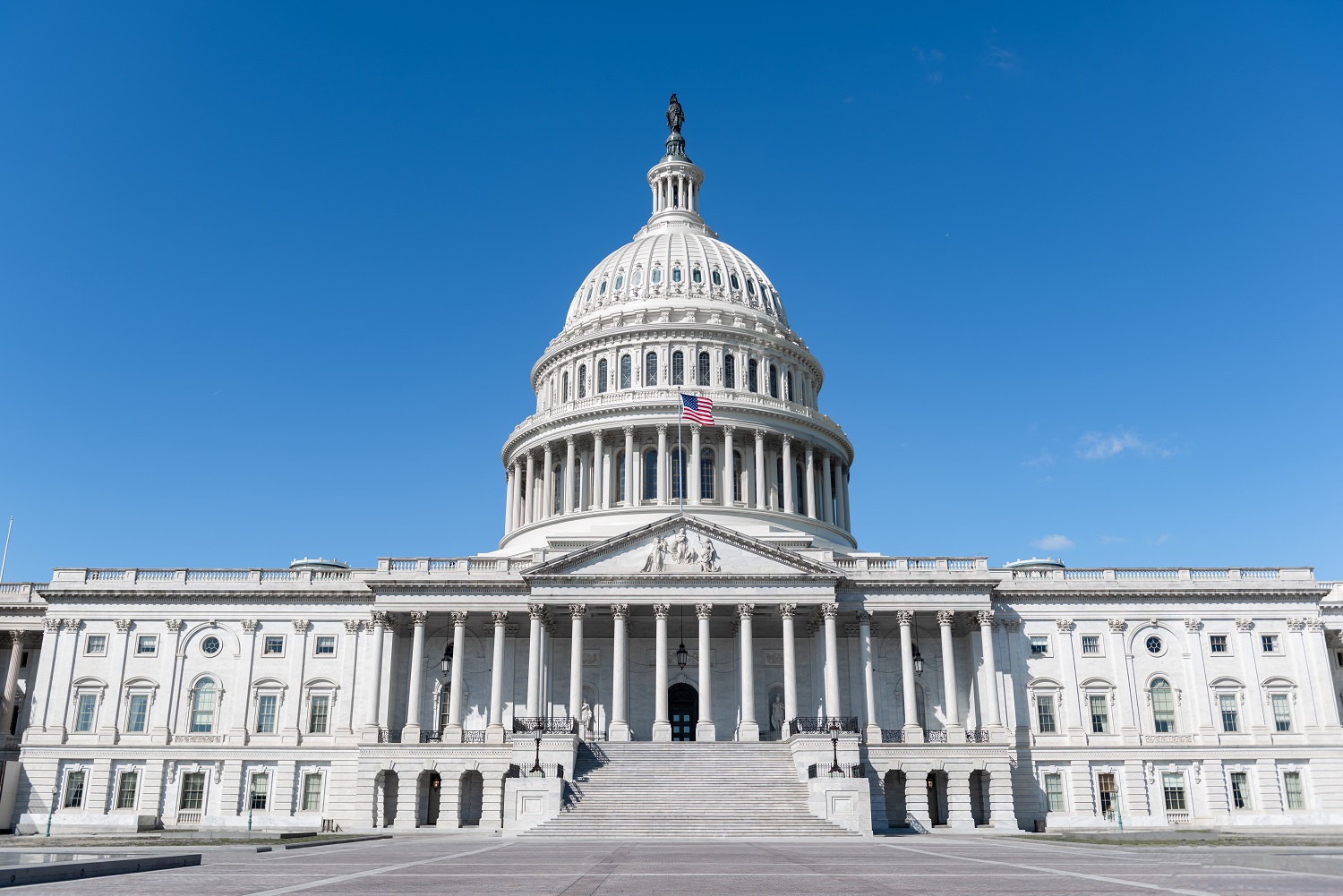The great new frontier in the global fight against poverty is access to electricity. The UN has launched a campaign to provide energy for all and our friends at the ONE Campaign have issued an Energy Poverty Challenge (see Michael Elliott’s video here). According to ONE, some 70% of Africans don’t have access to modern energy. This affects their health (smoke from wood fires is a major hazard), education (it’s hard to study in the dark), and prosperity (electricity is one of the top constraints on business growth). So it’s great news that electricity is on the agenda and more decision makers get it.
Credit: Flickr user Philou.cn
Except, apparently,
some people who appear determined to fight climate change on the back of the world’s poor. Exhibit A is the greenhouse gas emissions cap imposed on the Overseas Private Investment Corporation. OPIC is the
main U.S. government tool for promoting investment in developing countries. Since generating and distributing electricity will require lots of capital investment, OPIC should be leading the American charge in fighting energy poverty. Instead, OPIC is severely constrained by the emissions rule and the ludicrous way it’s calculated.While OPIC is also (rightly) investing in renewable energy projects and off-grid technology, coal and natural gas will inevitably be part of meeting electricity demand for the 1.3 billion people without it. (Yes, that’s 1,300,000,000 people that can’t flick on a light this evening.) A natural gas boom in many parts of Africa (such as recent oil & gas discoveries in Kenya, Tanzania, Mozambique, Cote d’Ivoire, and Ghana) suggest that new power investment will rise. Yet the OPIC emissions cap effectively prevents it from participating in almost all natural gas-fuelled power projects—and thus directly leaves millions of the global poor in the dark.There is a good case for lifting the cap in its entirety: This policy denies access to basic electricity for the world’s most vulnerable while making no meaningful dent in global emissions. It also smacks of hypocrisy to impose caps on say, Ethiopia (which emits less than 1% of the per capita emissions of the United States) or Nigeria (less than 4%), when we have no such caps on ourselves. This is, simply put, no way to fight climate change.But even if the overall cap on OPIC’s portfolio is left in place, the very least would be a fix to the absurd way it is measured. Two easy and sensible fixes would be:
- Allow a pro rata share for OPIC’s investment. As currently calculated, if OPIC provides even 1% of the capital for a new power plant, 100% of its emissions are counted against the cap. This makes no sense from either a business or policy perspective.
- Count net rather than gross emissions from rehabilitated facilities. If OPIC helps convert a coal or heavy oil plant into a cleaner natural gas facility, this would reduce emissions. A no-brainer, right? Wrong. Under current rules, any investment counts all emissions from the refurbished plant as new emissions. This creates massive disincentives for OPIC to participate on retrofitting plants, exactly the type of contribution that American companies should be making in many regions.
Some advocates—probably 100% of whom live with air conditioning and computers—will object to this as a loosening of the administration’s commitment to the environment. But if the U.S. Government is even remotely serious about fighting poverty and bringing energy to all, then these modest steps are really the very least we can do.
CGD blog posts reflect the views of the authors, drawing on prior research and experience in their areas of expertise.
CGD is a nonpartisan, independent organization and does not take institutional positions.






